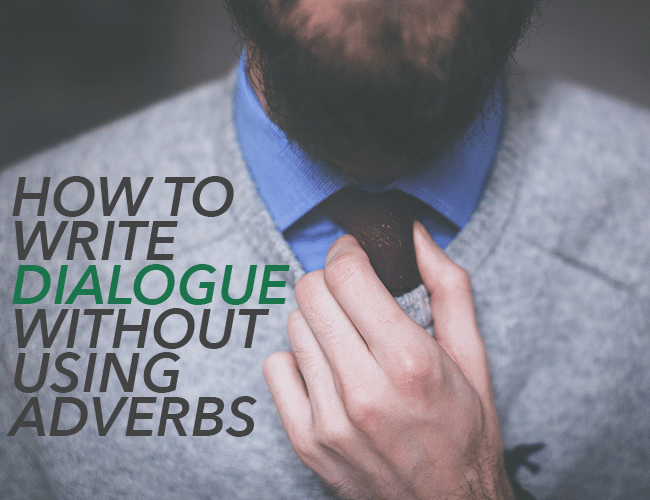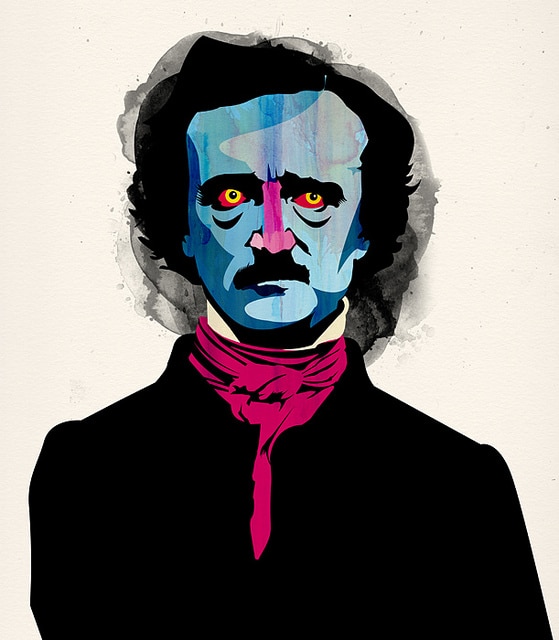
by Jeff Elkins |
It’s Atticus Finch giving advice to Scout that shows us he is a man of empathy and compassion. It’s Frank Underwood banging his class ring on the table that reminds us he is in command. It’s Holden Caulfield using phrases like “vomity” and “grow up” that helps us remember that he is an adolescent.
Using indirect characterization can make our heroes and villains leap from the page and come to life in our readers’ minds. Showing our readers who our characters are through indirect characterization allows our readers to draw their own conclusions about our characters, intensifying our readers’ engagement with our stories.

by Jeff Elkins |
It made a generation fall in love with Gilmore Girls, and almost destroyed Star Wars Episodes 1, 2, and 3. Dialogue can make or break a story. When it is good, we are joyfully entangled in it. When it is bad, the story can be painful to read.
To spice it up, we will often turn to descriptors—adjectives and adverbs the convey the emotion we hope the reader will hear. But these “ly” words can break a reader’s flow, making our story feel disjointed.
Never fear! There is hope! If we start with a good foundation and sprinkle some action, we can write dialogue that sings. Here are three steps to crafting vivid, believable dialogue.

by Jeff Elkins |
A little over a year ago my writing changed. Before then I maintained a personal blog where I would occasionally rant about some wild idea or share a story about my kids. I didn’t think of myself as a “writer.” My blog was simply where I shared thoughts too long for Facebook.


